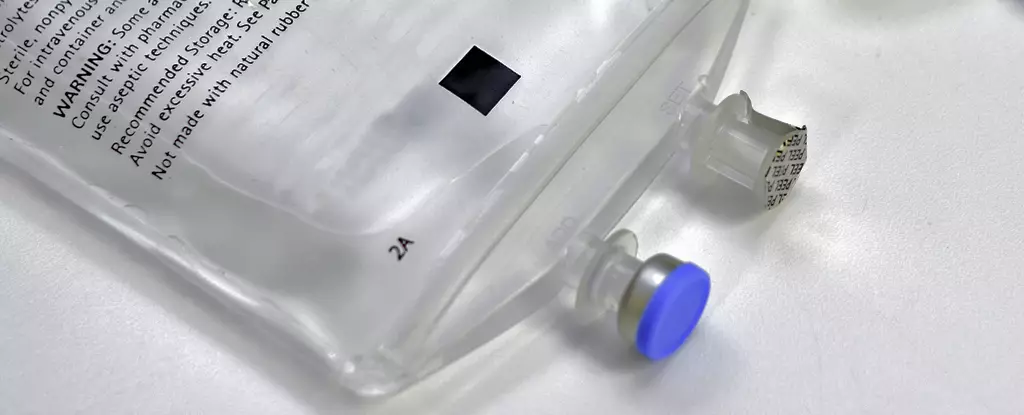IV fluids are essential in delivering medications directly into the bloodstream. However, not all IV fluids are the same, and they contain different chemicals for a specific reason. When it comes to the composition of IV fluids, the balance of chemicals is crucial to maintain isotonicity. Osmosis plays a significant role in this process, where water moves in and out of cells in response to changes in the concentration of chemicals dissolved in the blood plasma. Solutions like saline and compound sodium lactate are used to ensure that the blood stream remains close to an isotonic state, preventing blood cells from shrinking or expanding.
The shortage of IV fluids, particularly saline and Hartmann’s solution, not only affects their availability but also has implications for medication stability. Some drugs are only stable in specific IV fluids, and using the wrong combination can lead to the drug becoming ineffective or even causing serious side effects. For example, administering a chemotherapy drug like cisplatin in the wrong IV fluid can be life-threatening. This underscores the importance of having a steady supply of the right IV fluids to ensure the effectiveness and safety of medications.
Due to the shortage of IV fluids from Australian suppliers, the government has resorted to approving alternative overseas brands to meet the demand. While this may address the immediate shortage, it raises concerns about the quality and suitability of these alternative products. The Australian Society of Hospital Pharmacists provides guidelines on which drugs should be paired with specific IV fluids, emphasizing the importance of compatibility to avoid adverse reactions or reduced potency of medications.
The current shortage of IV fluids highlights the broader issue of Australia’s reliance on overseas manufacturers for critical medicines. The lack of domestic capacity to produce IV fluids poses a significant challenge in times of shortages. Developing or supporting local manufacturing of essential medicines could mitigate these supply chain vulnerabilities and create stable jobs in the pharmaceutical industry. By focusing on producing off-patent medicines that are commonly used in Australia, the country can become more self-sufficient and less susceptible to global drug supply disruptions.
The shortage of IV fluids in Australia sheds light on the complex interplay between medication stability, manufacturing capacity, and supply chain resilience. The reliance on overseas suppliers for critical medicines underscores the need for strategic investments in local manufacturing capabilities. By diversifying the sources of essential medicines and promoting domestic production, Australia can enhance its healthcare system’s resilience and safeguard the well-being of its population in times of crisis.


Leave a Reply